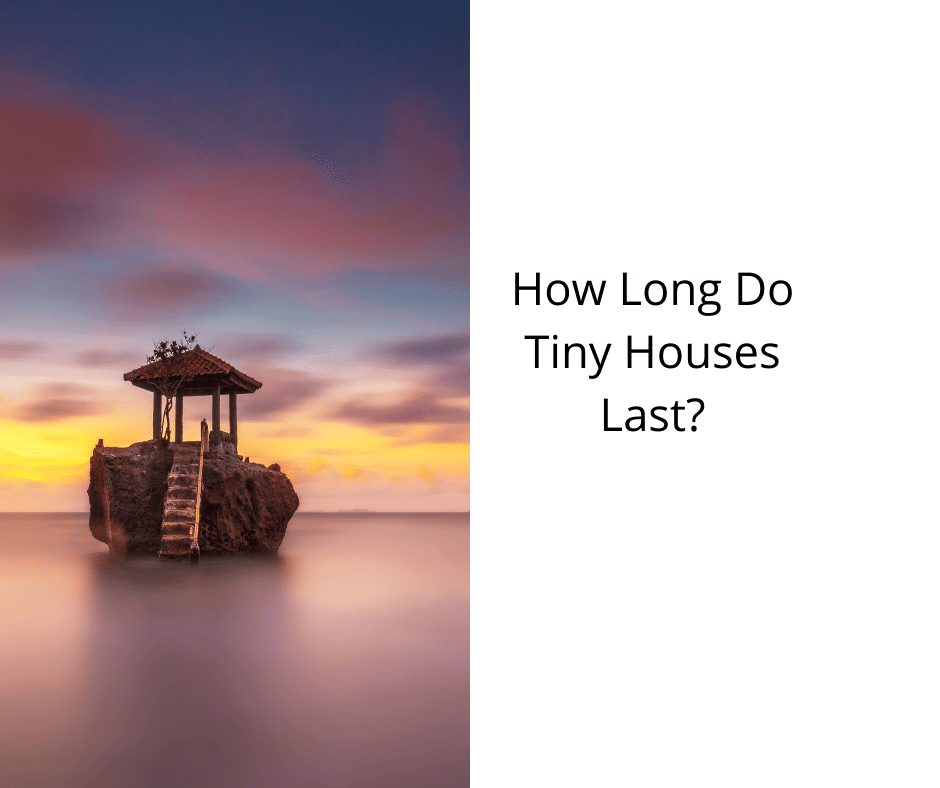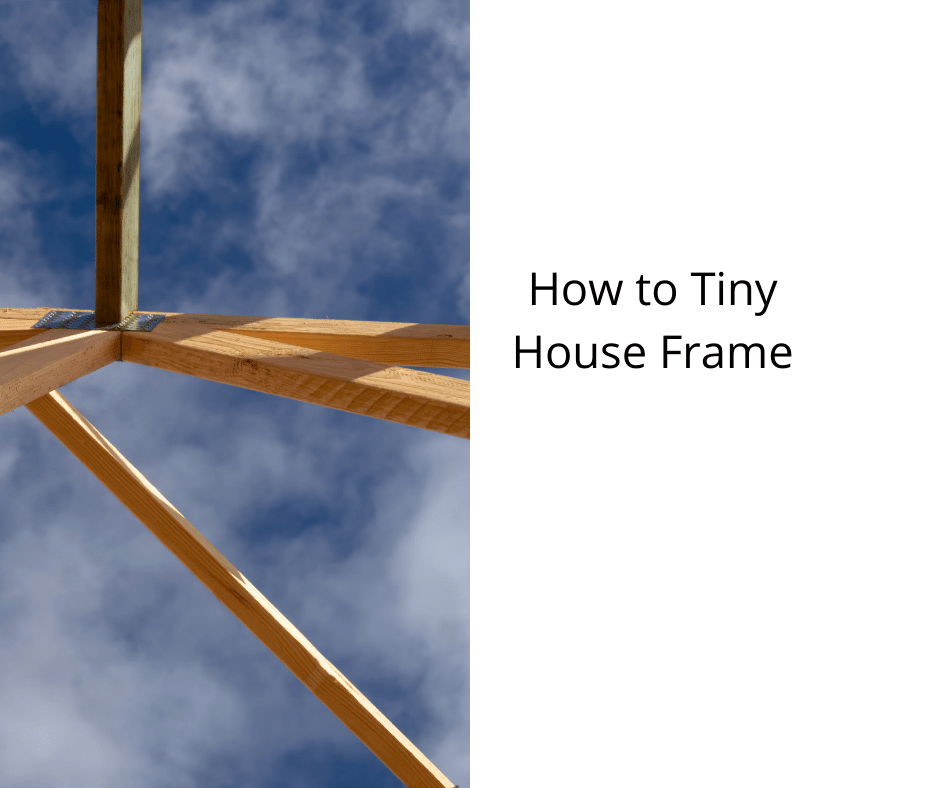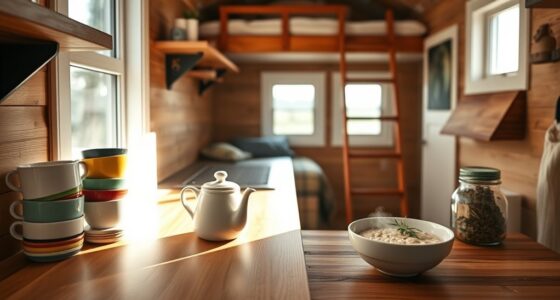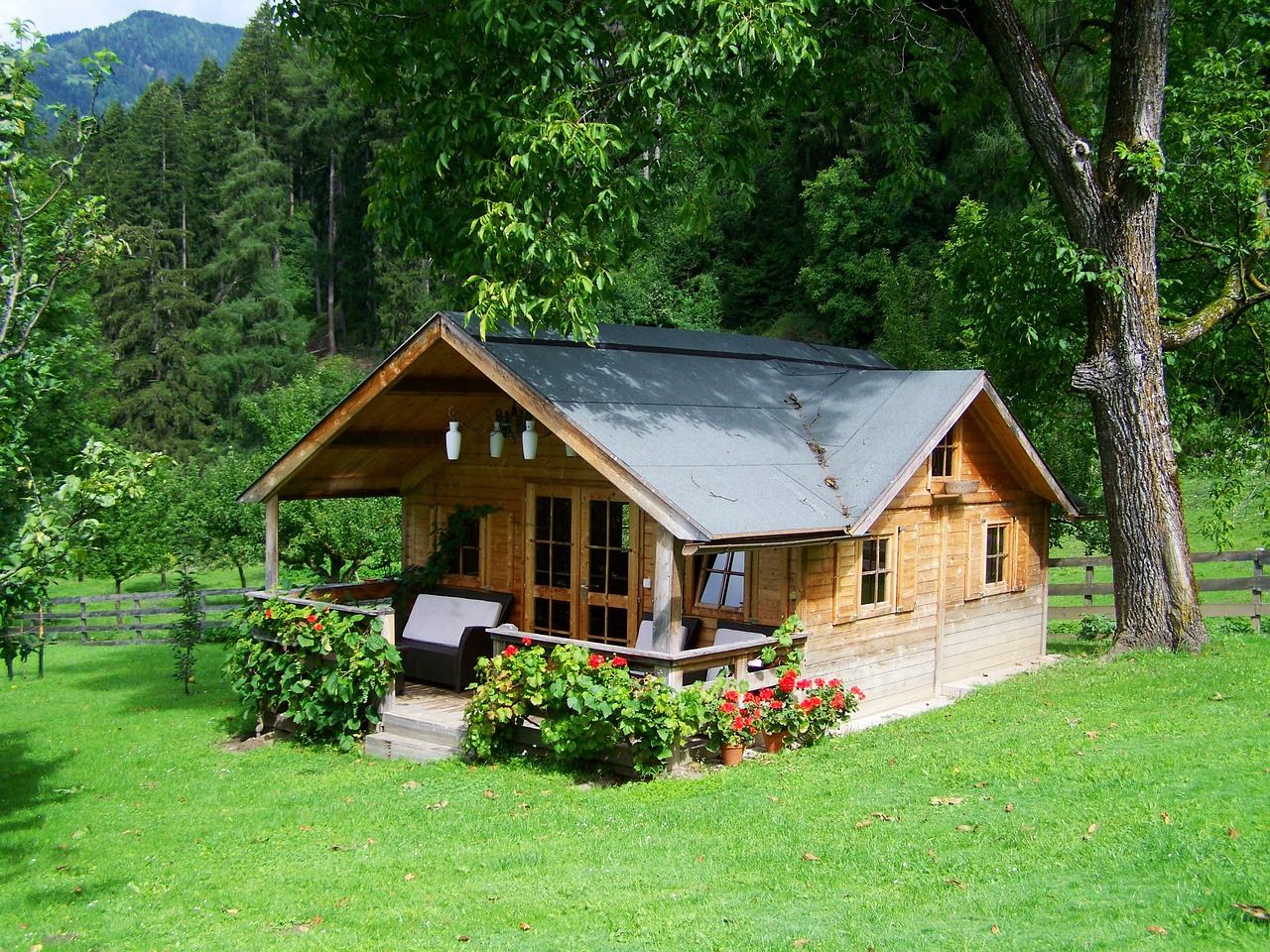Opting to build a small house requires careful consideration of various factors such as construction costs, material choices, and the longevity of the structure. Being knowledgeable will help you make a better decision. If you are interested in learning more about building a tiny house, keep reading. You will be pleasantly surprised by the potential savings. The following article covers questions about durability, materials, and construction costs.
Cost of Building a Tiny House
While there isn’t a set price for building a tiny house, the materials needed to build one can cost anywhere from $14,050 to $54,800. You may also want to purchase special appliances that aren’t available for standard-sized houses. The cost of building a tiny house doesn’t have to break the bank if you’re willing to work alone. Permits are required if you’re planning to build your tiny house on a trailer or a foundation. Permit fees usually include inspections.
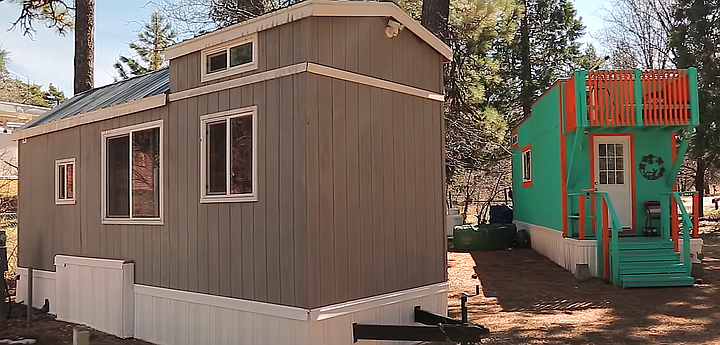
Depending on the level of customization you want in your tiny house, the cost can range from $4,000 to $50,000. You may want to choose a prefab kit or build it from scratch. Prefabricated homes, or modular homes, are built off-site and delivered fully completed. Some of them are even partially completed, while others are still in the construction process. Prefab homes are usually smaller than custom houses and don’t offer much in the way of customization.
Another cost of constructing a tiny house is its foundation. Depending on the type of foundation, tiny homes may require a slab foundation, which can add another $3 to $6,000. The cost for a foundation will vary by size, but the average cost of a tiny house on wheels is around $50,000. Permanent tiny homes, on the other hand, have additional costs such as land. Land costs can add between $3,000 and $150,000 to the overall cost.
Materials Used to Build a Tiny House
There are a number of materials you can use to build a tiny house that will keep the inside relatively dry. While wood is the most common material, you can also use fiberglass, which comes in large rolled batts that are easy to install and can cost as little as $0.64 to $1.19 per square foot. You’ll also want to consider your utilities, which include the necessities like heat and water, as well as the luxuries like air conditioning.
The first step in building your tiny house is creating the structure. Using wood is the most common material for this part of the project, as it’s affordable and available in all sizes. Another option is using lightweight metal, which can be fabricated by a steel fabricator. Some steel fabricators offer custom designs and even prefabricated steel frame kits that are easy to assemble. Both materials are relatively maintenance-free and can last a long time.
Another consideration is the weight of the roof. When building a tiny house on wheels, it’s important to have lightweight materials. A heavy home will be difficult to tow and may not be allowed by local law. Plywood is a lightweight alternative to metal, which can be purchased for around $15 per square foot. It’s also affordable to buy and can be painted to match the interior. Wood is also a popular choice for tiny house frames, and it can last for decades if properly maintained.
Construction Costs
The construction costs of tiny houses vary widely depending on the size and design. The average price per square foot is around $150 and is much higher if you need a custom design. The construction costs of tiny houses also depend on the features you want. For example, a closet with three windows and a door isn’t enough for the small house enthusiast. He or she needs a place to store furniture and appliances, a bed, and room to stretch out his or her legs. In addition, there need to be separate spaces for privacy and elbow room.
Depending on the size of your home and the materials you use, the construction costs of a tiny house on a foundation can range anywhere from $25,000 to $125,000. You should factor in another $5,000 to clear the land, pour the foundation, and anchor the home to the site. Most tiny houses on foundations use a slab foundation. You may want to add insulation to prevent structural issues in cold weather. If you’re building into a hill or a sloped site, your costs will likely be higher.
Although the construction costs of a tiny house vary widely, the average price ranges from forty-five thousand dollars to one hundred fifty thousand. The actual cost will depend on the amenities you want to include and whether you want to add custom features. Buying a used tiny house will lower the overall cost of construction. However, make sure to research the additional costs before buying one. Many used tiny houses need extra customizations and may come with deferred maintenance.
The Lifespan of A Tiny House
The life expectancy of a tiny house depends on several factors. Most tiny homes run on solar power and water tank, and they don’t feature full-sized luxury kitchens and bathrooms. Despite these advantages, tiny houses can be quite fragile and may not last more than ten years. On the other hand, Park Model units typically last longer because they are designed with full-range structural builds. However, the life expectancy of a tiny house can vary greatly depending on how much care it gets.
The life expectancy of a tiny house depends on the materials and how much maintenance you give it. Some tiny houses are designed to last up to 7 years or more, depending on the materials and quality. If you maintain them properly, they can last even longer. However, park models can last longer than seven years and are designed to be more like classic residences. You can choose a model that suits your style and needs, but remember that you’re renting, so it’s best to keep it as simple and affordable as possible.
A tiny house can be a lot more expensive than a standard home. The materials and the customization of a tiny house can run from ten to forty thousand dollars. So, if you’re on a budget, consider building a tiny house yourself. It’s far cheaper than buying one and is much easier to maintain. But the downside of a tiny house is that you have to keep it in good condition and claim it as you live in it.
The Durability of A Tiny House
The durability of a tiny house depends on how it’s maintained. While they’re built to last for about 10 years, with proper maintenance and care, they can even last up to 20 years! However, you should keep a few things in mind before investing in a tiny house. If you take care of it properly, the living quality will stay the same for a long time. Here are a few tips for ensuring the durability of your new tiny home.
While most tiny homes don’t come with foundations, it’s worth ensuring they’re sturdy enough to stand up to the elements. If you live in a hurricane-prone area, you can buy high-wind-rated shingles. You can also reinforce your roof by re-nailing the roof sheathing. Another way to ensure that your tiny house is weatherproof is to seal all fixtures to keep moisture, leaks, and rust from entering your home. You can use metal or vinyl weather stripping on these fixtures.
Another important aspect of the durability of a tiny house is the type of material it’s built out of. Wood, for example, is an excellent choice for an interior small house because it’s a low-maintenance material. Metal is another good option if you’re a more active person or plan to use your tiny home outdoors. However, metal may not be a good choice for a cozy home. Metal may be more appropriate for an entryway area, however.
Impact of Harsh Weather Conditions
Tiny houses are notoriously susceptible to damage from harsh weather conditions. When pipes freeze, they won’t be able to provide warm water and can even burst due to the pressure. To prevent this problem, tiny house owners should insulate and keep the pipes inside. They should also insulate the water tanks and if their tiny house is connected to a water supply, use on-board water tanks. If tiny houses are directly connected to a water supply, consider insulating pipes or placing a heated hose on the ground.
Extreme weather can severely impact the durability of tiny homes, but the good news is that some measures can be taken to combat the damages that may occur. In many areas, tiny houses must be elevated to prevent structural damage from heavy rain and flooding. Elevating tiny houses is one of the most affordable measures to protect against floods. In addition to elevating the home, the tiny house must have proper plumbing and electrical wiring for electricity and water.
In addition to the harsh weather conditions, numerous other factors can shorten a tiny home’s life. These factors include increased foot traffic and constant human presence. Since tiny houses are still relatively new, it is difficult to determine their life expectancy. But it is important to keep in mind that these homes must pass multiple inspections to ensure their safety and performance. When evaluating their durability, buyers should consider the safety measures and maintenance measures.
I’m Theodore, and I love tiny houses. In fact, I’m the author of Tiny House 43, a book about tiny houses that are also tree houses. I think they’re magical places where imaginations can run wild and adventures are just waiting to happen.
While tree houses are often associated with childhood, they can be the perfect adult retreat. They offer a cozy space to relax and unwind, surrounded by nature. And since they’re typically built on stilts or raised platforms, they offer stunning views that traditional homes simply can’t match.
If you’re looking for a unique and romantic getaway, a tree house tiny house might just be the perfect option.
